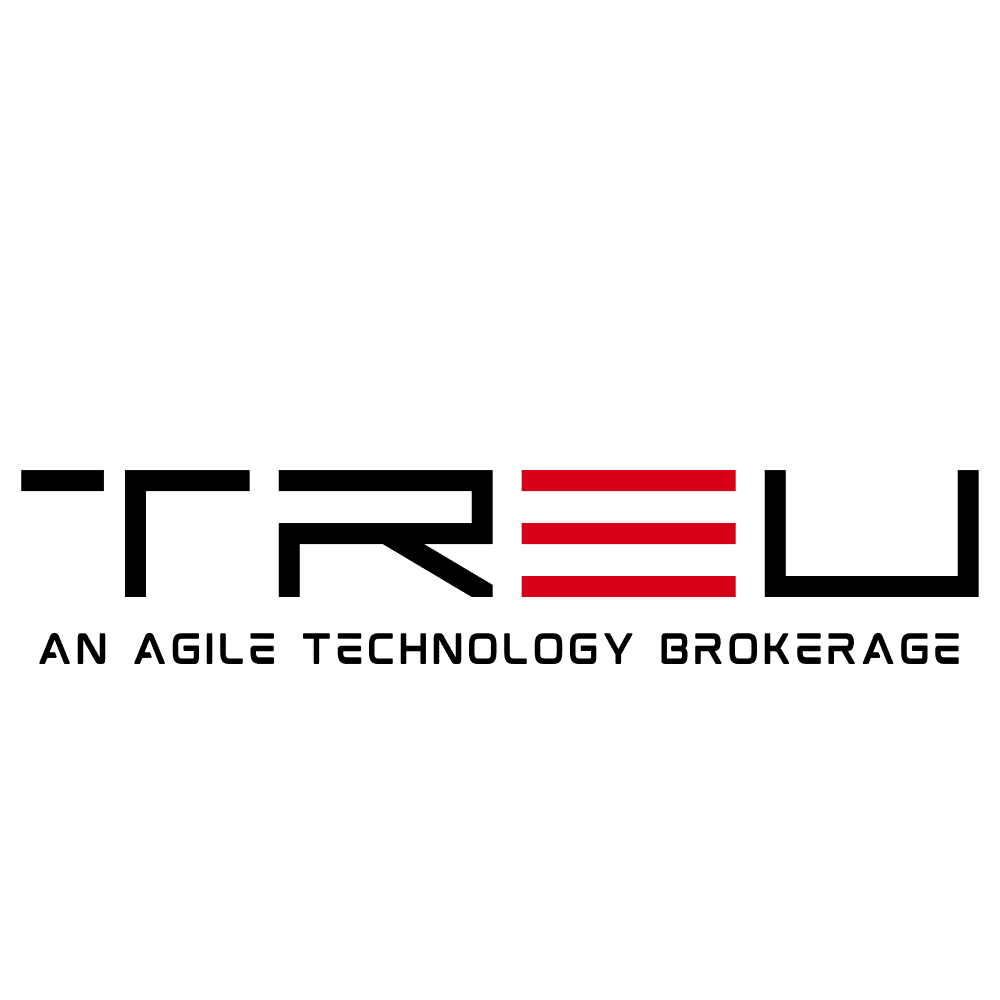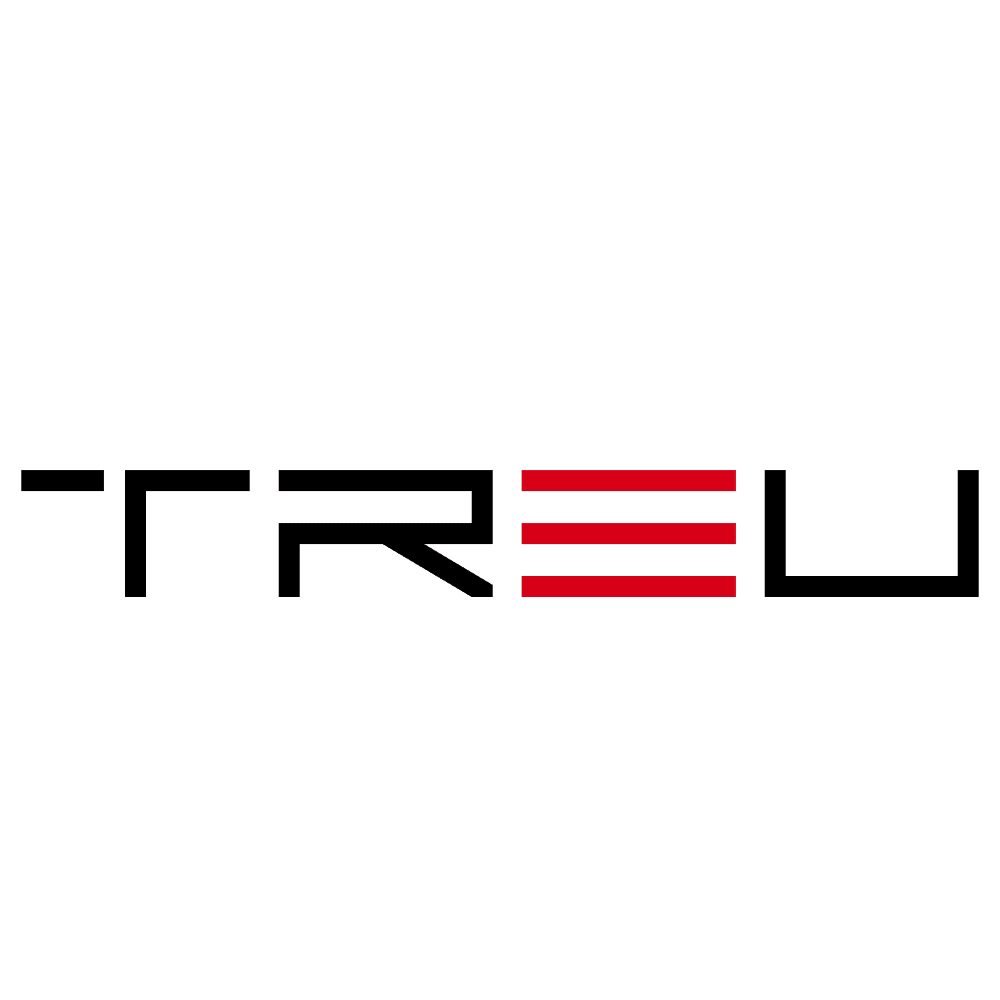How Unsecured AI Agents Are Creating New Cybersecurity Threats
In an increasingly interconnected world, artificial intelligence (AI) agents are becoming indispensable to digital business operations, providing automation, decision-making, and productivity enhancements. But as organizations race to adopt these intelligent systems, an alarming oversight is creating a new breed of digital threats: the lack of AI security. Unsecured AI agents are quickly becoming an expanding surface for cyberattacks, data breaches, and exploitation. In fact, experts warn that without adequate safeguards, AI agents could inadvertently become enablers for threat actors worldwide.
The Rise of Autonomous AI Agents
AI agents, unlike traditional AI tools, are designed to operate autonomously within digital systems. They can perform complex tasks such as scheduling meetings, optimizing workflows, managing emails, and even writing code—without human intervention.
Fueled by popular platforms like ChatGPT, Google’s Gemini, and open-source models such as LLaMA, developers have launched a new generation of task-driven agents that can execute commands across cloud systems, APIs, and IoT networks. While these capabilities enhance efficiency, they also introduce significant security vulnerabilities if not properly governed.
What Makes AI Agents Vulnerable?
Unlike centralized systems with traditional security perimeters, autonomous AI agents are dispersed and often operate with high levels of access to digital systems. The vulnerability stems from several critical factors:
- Over-privileged Access: Many AI agents are granted broad administrative access to perform tasks, making them lucrative targets for attackers.
- Lack of Authentication Protocols: Developers frequently skip robust identity verification for AI agents, leaving them exposed to manipulation or impersonation.
- Absence of Encryption: Unsecured communication between AI agents and APIs or cloud systems further increases the risk of data interception.
- Unregulated Language Learning Models: Open-source LLMs can be fine-tuned with malicious intents or prompt-engineered to behave unpredictably.
Emerging Threats from Unsecured AI Agents
Cybercriminals are capitalizing on the growth of AI agents to launch new types of attacks that were previously harder to execute. Below are some of the emerging threats:
1. Prompt Injection and Manipulation
By subtly altering prompts or using indirect commands, attackers can manipulate AI agents into accessing sensitive information, deleting files, or spreading misinformation. Since AI agents are designed to follow human-like instructions, prompt injection remains a severe concern.
2. AI-Powered Malware
Unsecured AI agents can be hijacked to write and refine harmful code. Because some AI developers open-sourced parts of their models, adversaries now use these to generate malware that evolves, evades detection, and rapidly adapts to defense mechanisms.
3. Data Leakage and Exfiltration
When AI agents access databases or confidential systems without safeguards, they may inadvertently leak Personally Identifiable Information (PII) or intellectual property. Worse yet, they might transmit this information to unknown or unauthorized endpoints.
4. Compromised Automation
An attacker who compromises a single AI agent can potentially control entire automated workflows—from sending emails to altering financial records—leading to catastrophic operational failures or fraud.
Real-World Examples and Consequences
Recent attacks have demonstrated just how vulnerable AI agents can be if left unchecked. In 2024, several AI-powered customer service bots were compromised, allowing attackers to harvest login credentials and inject phishing links into live conversations. Another case involved an AI coding agent rewriting core application logic to redirect funds subtly to rogue accounts.
These examples underscore the vital need for AI-specific cybersecurity frameworks. As AI agents proliferate across industries—from finance and healthcare to logistics and legal—so too does the responsibility to secure them against next-generation threats.
Steps to Secure AI Agents
To prevent devastating breaches and misuse, organizations must implement proactive security practices designed specifically for AI systems. Below are essential safeguards to mitigate the risks of unsecured AI agents:
- Principle of Least Privilege (PoLP): Limit agent access to only the systems and data required for their role.
- Multi-Factor Authentication (MFA): Ensure agents must pass multiple security checks before executing high-risk actions.
- Behavioral Monitoring: Continuously monitor AI agent interactions for anomalies, unauthorized data access, or irregular behavior.
- Encrypted Communications: Use end-to-end encryption to secure communication between agents, APIs, and data sources.
- Regular Audits and Testing: Conduct frequent red teaming and penetration testing focused on AI-specific logic and flaws.
AI Governance and Policy Imperatives
In addition to technical defenses, creating organizational policies is equally critical. AI governance should include:
- Transparency and Logging: Maintain logs of all agent activities for accountability and forensic readiness.
- Training and Awareness: Educate developers and system users on secure AI design practices.
- Third-Party Vetting: Scrutinize AI tools and agents acquired from external vendors for potential vulnerabilities.
The Role of Regulation and AI Security Standards
Governments and industry bodies are beginning to recognize the risks posed by unsecured AI. Regulatory frameworks like the EU AI Act and proposed U.S. guidelines are aiming to establish compliance mandates for organizations deploying AI agents.
However, such laws are still catching up to the pace of AI innovation. Until comprehensive standards are globally enforced, businesses must take proactive, internal measures to secure their AI infrastructures.
Collaboration between AI developers, cybersecurity experts, and policymakers is crucial to ensure that security becomes a foundational component of all AI systems moving forward.
Future Outlook: Secure by Design AI
As AI agents become more powerful and autonomous, their potential for both benefit and harm increases. The path forward must prioritize “secure-by-design” principles—building security into the DNA of all AI systems from day one.
Security must not remain an afterthought. Innovators, business leaders, and regulators have a moral and economic obligation to ensure that AI systems do not become the digital Trojan horse of the 21st century.
In Summary:
AI agents are the next frontier for productivity—and the next battlefront in cybersecurity. Failing to secure these systems poses a significant threat not only to individual organizations but to global digital infrastructure. The time to act is now: implement security, enforce governance, and build trust in the AI-powered future.
Are your AI agents secure? If you’re unsure, you’re already at risk.

